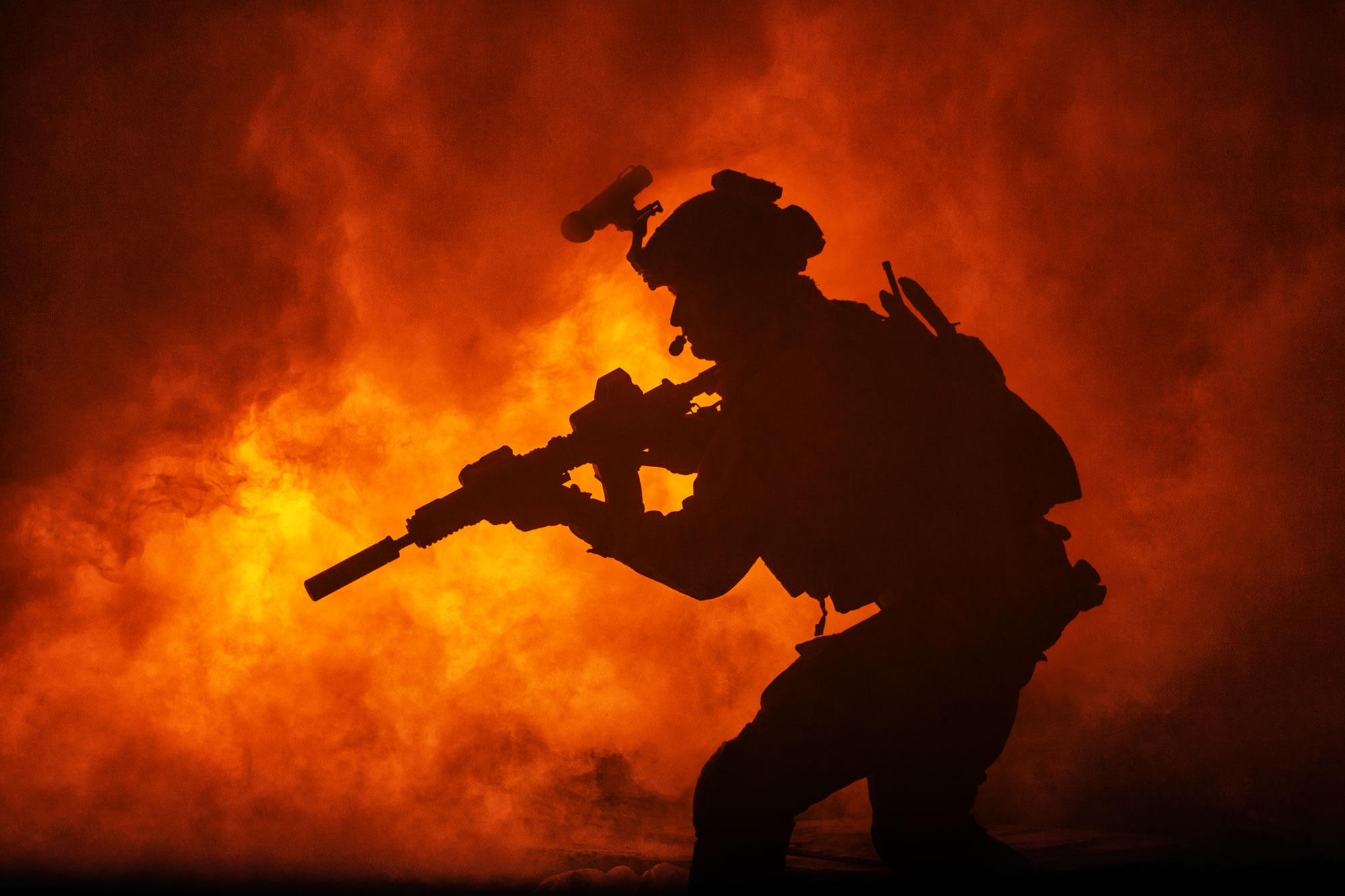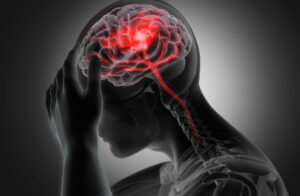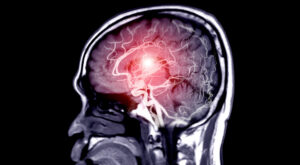A new study has found that soldiers exposed to roadside bombs may suffer from the degenerative brain disease known as CTE, or chronic traumatic encephalopathy. Most recently seen in the brains of deceased football and hockey players, the disease affects the area of the brain that regulates judgment, emotion, and memory.
An article in the New York Times discusses the increasing number of veterans returning from duty with brain damage. The article tells the story of a young soldier who recently committed suicide after returning from active duty. He likely suffered from post-traumatic stress disorder or PTSD. On returning home, the 27-year-old Marine became irritable. He couldn’t remember everyday things and became depressed. The doctors found evidence of CTE when his brain was examined, the same CTE found in the brains of retired football and hockey players.
An interesting observation by the researchers is that veterans returning from Iraq and Afghanistan are more likely to show signs of brain damage than veterans who fought in Vietnam. This is likely due to more extensive blast wind forces from the explosives employed in Iraq. These forces create greater acceleration-deceleration forces responsible for brain damage. While helmets reduce injuries from a direct hit to the head, they will not prevent brain damage when the brain impacts the skull as a direct result of the acceleration-deceleration forces. This was dramatically demonstrated in the Academy Award-winning film The Hurt Locker.
Lead author Dr. Lee E. Goldstein states the paper points out in a profound and definitive way that there is an organic, structural problem in the brain associated with blast exposure. This would be a huge step towards providing treatment and resources for those with behaviour issues and PTSD, treating them as a disease, not just a symptom.
Scientists are finding more and more cases of CTE in the brain autopsies of veterans. And the military is now responding, forming a team to study CTE in veterans who have died. This study provides a starting point for developing preventative measures and finding treatments for those with blast-related brain injuries.
For More Information:
- Brain Ailments in Veterans Likened to Those in Athletes, The New York Times
- Veterans and Brain Disease, The New York Times
- War Is Brain-Damaging, The New York Times







